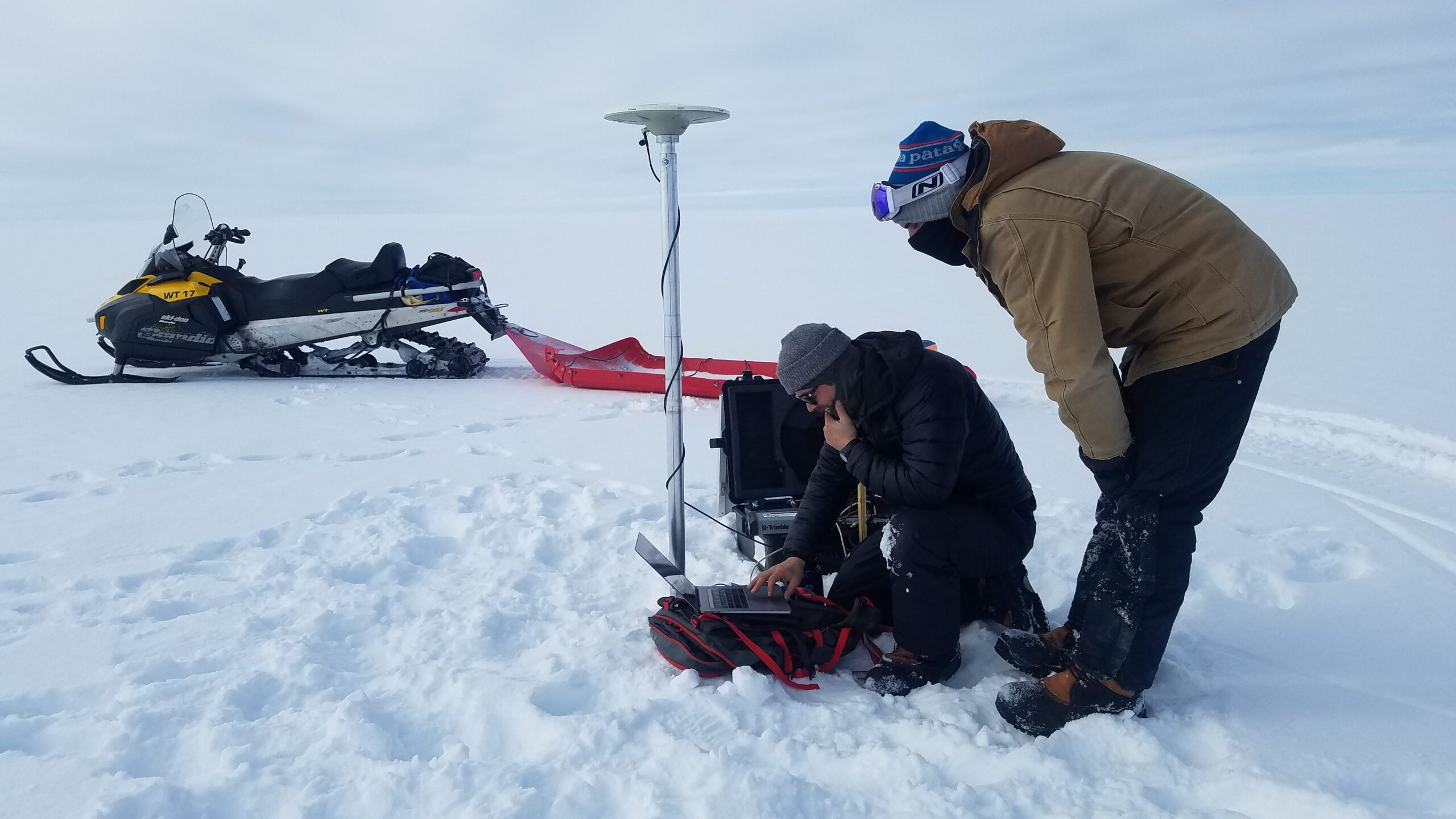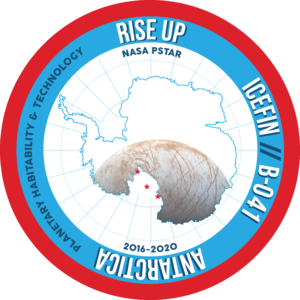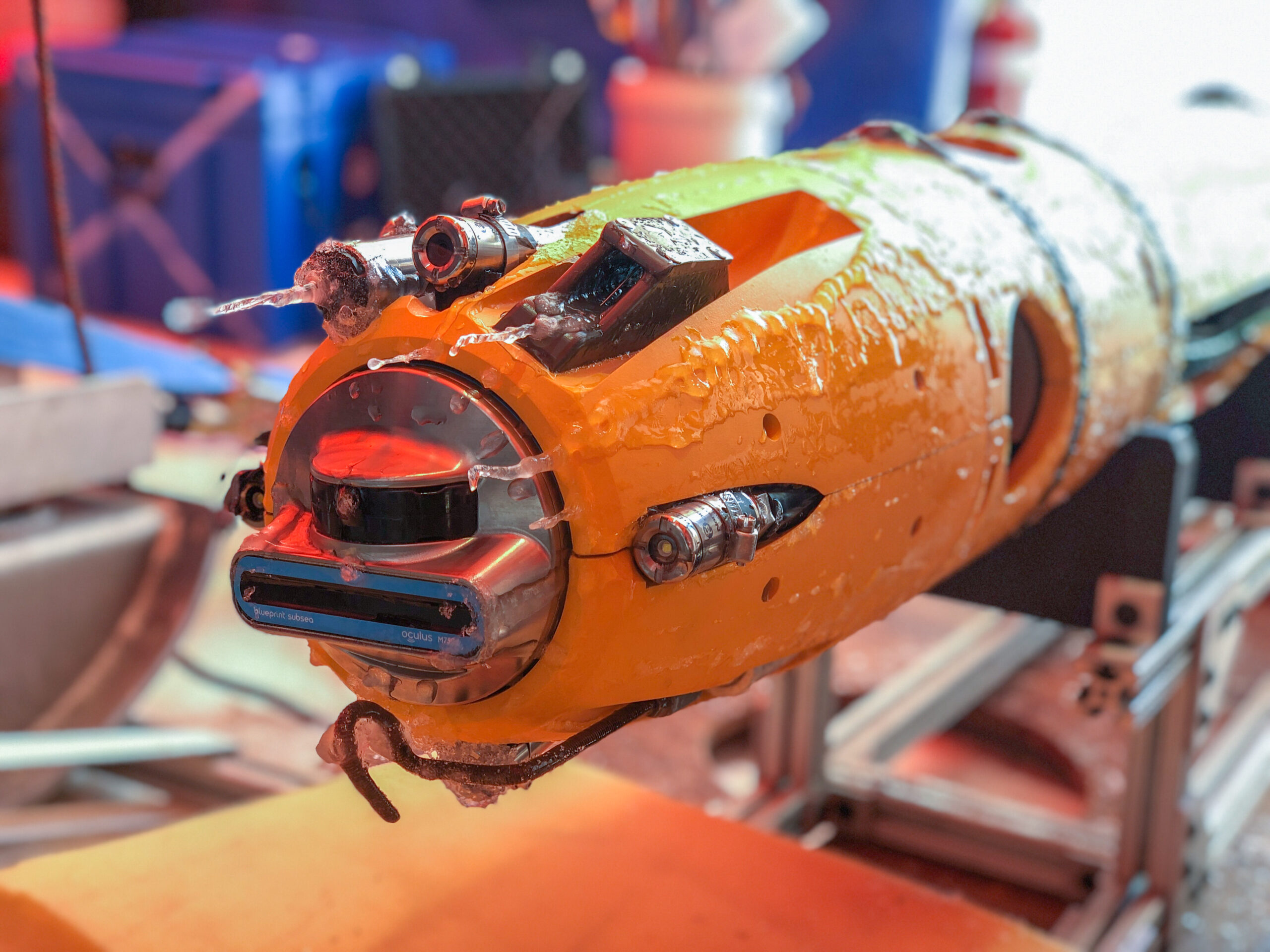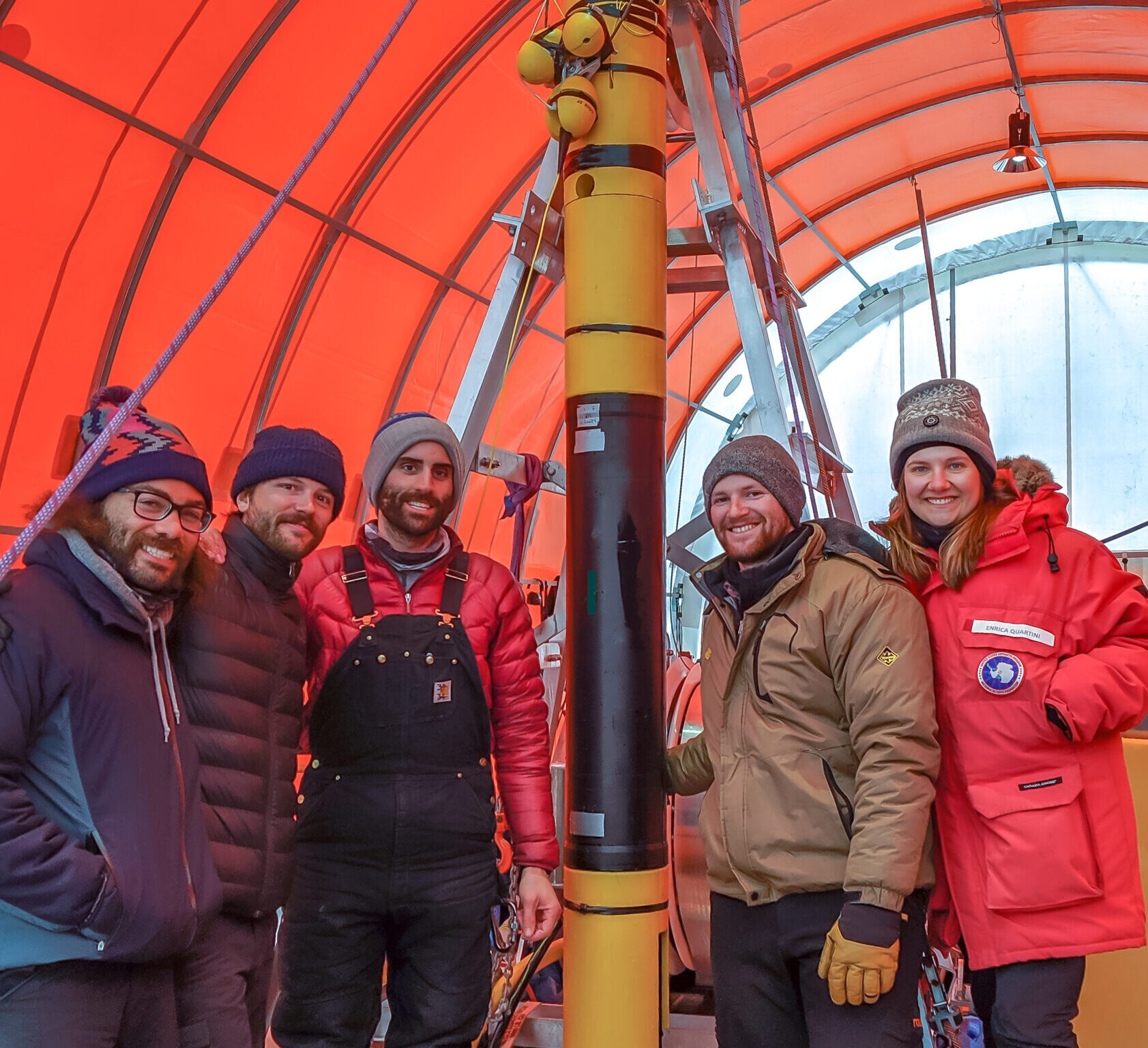Ice-Ocean Ecosystems
Project RISE UP is enhancing our understanding of the evolution of Jupiter’s icy moon Europa, which is a prime target in NASA’s search for life beyond Earth, and helping scientists to better learn the limits of life here on Earth.




